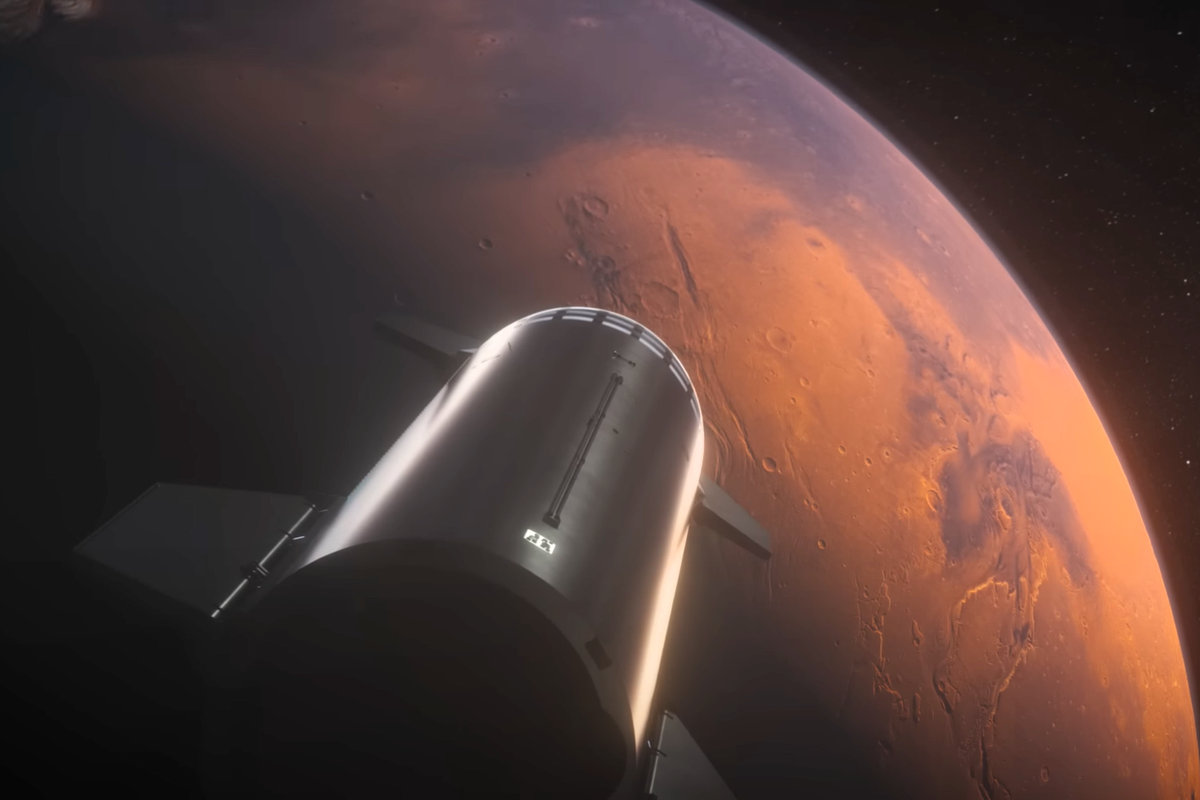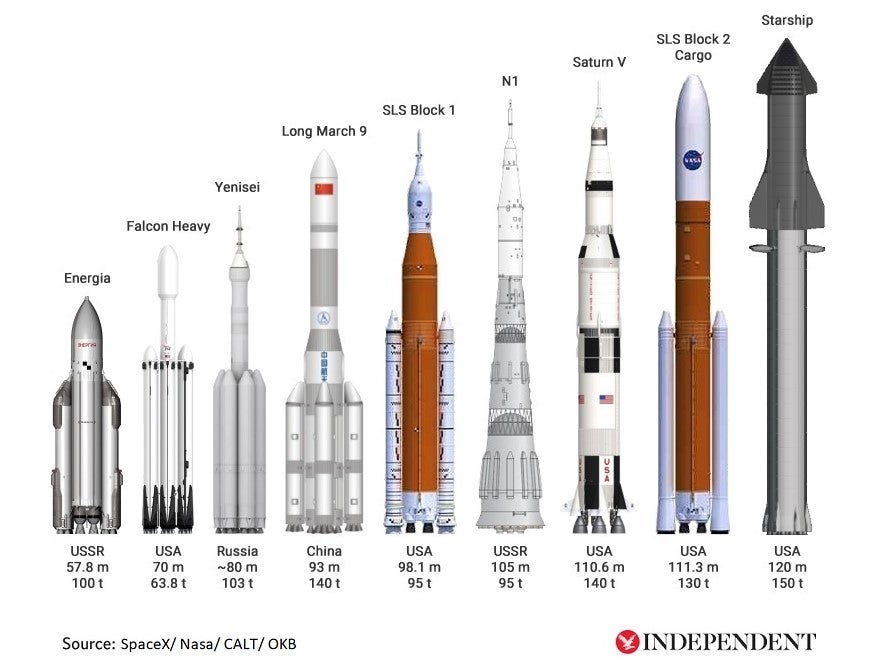Tech
Elon Musk reveals first Mars mission date as China fast-tracks launch by two years

Elon Musk has announced that the first SpaceX missions to Mars aboard the next-generation Starship rocket are planned for 2026.
The SpaceX boss said the launch date is scheduled for when the next Earth-Mars transfer window opens in November 2026, which could see up to eight uncrewed Starhip missions to the Red Planet.
The announcement comes just two days after China’s space agency pushed forward its own mission to Mars by two years. The Tianwen-3 sample return mission will now take place in 2028, according to an update from the program’s chief designer.
SpaceX’s ambitious timeline will depend on the successful development of its Starship rocket, which is being built to carry up to 100 people on interplanetary journeys.
The private space company has already performed two orbital flight tests of Starhip prototypes in 2024, but both rockets exploded before landing.
“The first Starships to Mars will launch in two years when the next Earth-Mars transfer window opens. These will be uncrewed to test the reliability of landing intact on Mars. If those landings go well, then the first crewed flights to Mars will be in four years,” the tech boss wrote on his social media platform X over the weekend.
“Flight rate will grow exponentially from there, with the goal of building a self-sustaining city in about 20 years. Being multiplanetary will vastly increase the probable lifespan of consciousness, as we will no longer have all our eggs, literally and metabolically, on one planet.”

SpaceX’s Starship is the biggest and most powerful rocket ever built, measuring roughly 120 metres when its upper stage is placed atop its Super Heavy booster.
It is designed to be fully reusable, with the massive booster rocket returning to its launch tower after delivering the upper stage to orbit.
Mr Musk hopes to build a fleet of hundreds of Starships in order to transport people and cargo around the solar system, having already secured a multi-billion dollar contract with Nasa to assist with the US space agency’s Artemis Moon missions.
The billionaire’s ultimate goal is to establish a self-sustaining colony on Mars by 2050 in order to fulfil his hope of making humanity a multi-planetary species.









